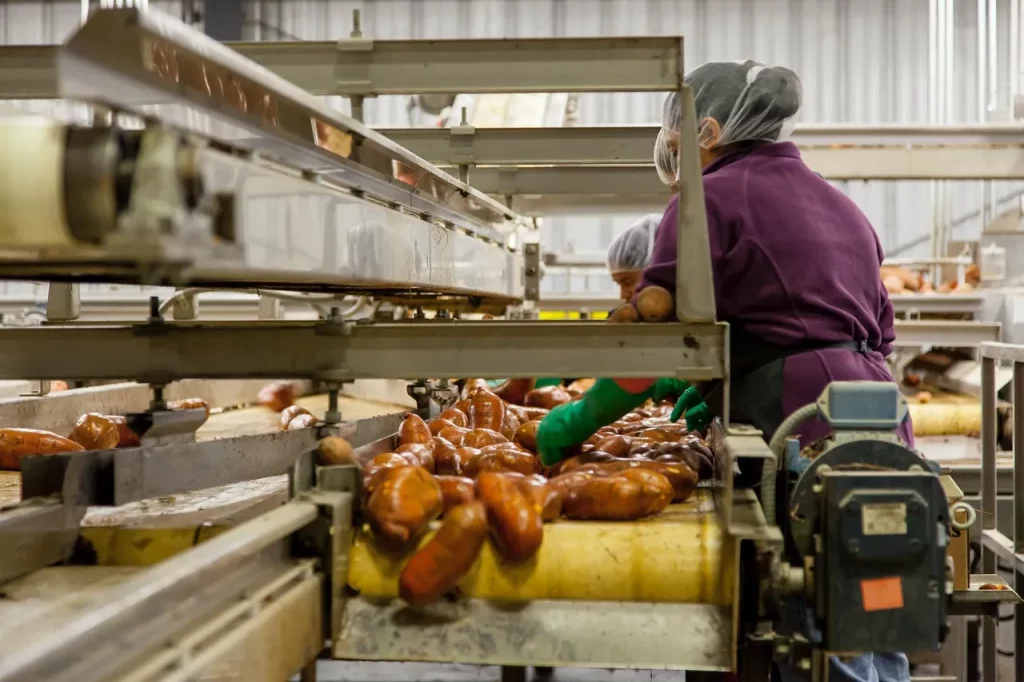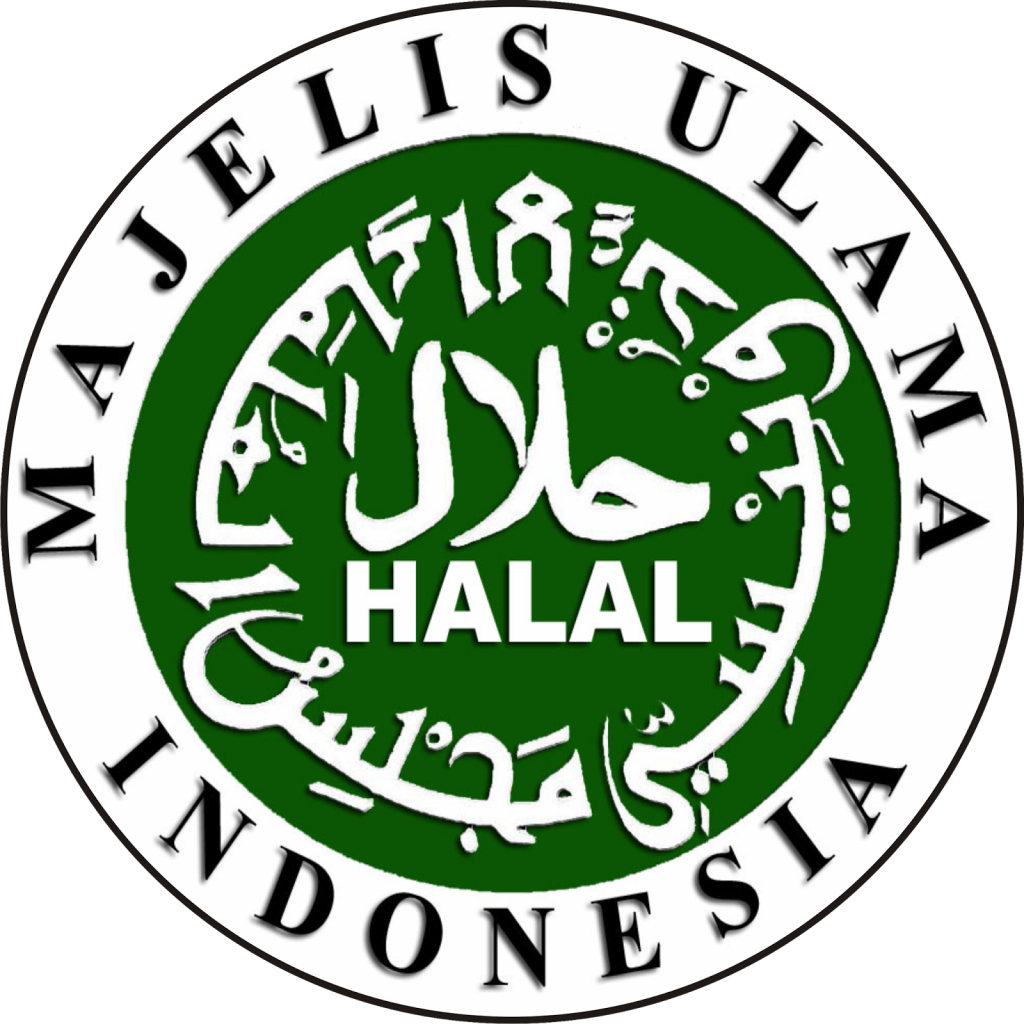Contents
What is HACCP?
HACCP stands for Hazard Analysis Critical Control Point. Simply put, HACCP is a risk management system designed to enhance food safety from initial processing through product distribution. The internationally recognized HACCP principles apply across all areas of the food industry.
Understanding the Seven HACCP Principles
To understand what HACCP is, it’s essential to grasp the seven core principles that form the backbone of this system:
- Conducting a hazard analysis (biological, chemical, physical hazards).
- Identifying Critical Control Points (CCP).
- Establishing critical limits.
- Implementing monitoring procedures.
- Establishing corrective actions.
- Setting up verification procedures.
- Maintaining proper documentation and record-keeping.
Proper training and education about HACCP roles and responsibilities ensure the effectiveness of these principles.
Purpose and Benefits of HACCP Implementation
What is the Purpose of HACCP?
HACCP is implemented primarily to ensure food safety by identifying and controlling biological, chemical, and physical hazards at every stage—from procurement of raw materials to product distribution and consumption.
Biological Hazards:
- Bacteria, viruses, fungi, yeast, and parasites.
Chemical Hazards:
- Cleaning agents, pesticides, insecticides, and food additives.
Physical Hazards:
- Glass fragments, packaging materials, jewelry, pest droppings, human hair, animal fur, dead insects, and unintended allergens.
Applying HACCP principles across all sectors of the food industry ensures consumers receive consistently safe food products.
Benefits of HACCP
Implementing HACCP provides significant advantages to businesses within the food industry:
1. Preventing Food Safety Hazards
A primary benefit of HACCP is the prevention of potential food safety hazards. Compliance ensures products are safe, boosting consumer confidence. HACCP protocols, including hygiene standards, separation of raw and cooked items, and maintaining minimum internal temperatures, protect public health and enhance brand reputation.
2. Controlling Food Safety Risks Throughout the Supply Chain
Another critical benefit of HACCP is comprehensive risk control across the entire food supply chain—from raw material procurement to consumption. This systematic approach minimizes risks, ensuring product integrity and safety.
3. Standardizing Food Production Processes
Implementing HACCP standards leads to standardized food production processes. By clearly identifying critical control points, companies establish consistent, measurable standards that facilitate monitoring and corrective actions when necessary.
4. Improving Product Quality
With standardized processes in place, HACCP significantly improves overall product quality. Effective hazard management and consistent adherence to safety protocols result in high-quality, reliable products.
Read More : When to start feeding solid foods to baby?
5. Reducing Financial Losses
One of the essential benefits of HACCP is minimizing financial risks. By proactively addressing potential hazards, businesses reduce the likelihood of costly recalls, legal actions, and regulatory penalties associated with food safety incidents.
6. Increasing Long-Term Profitability
Businesses adhering to HACCP principles enjoy increased long-term profitability. Consumer trust in the safety and quality of their products fosters brand loyalty, repeat purchases, and a strong market position.
Conclusion
Understanding what HACCP is and recognizing its purpose and benefits is crucial for every food business aiming for long-term success. Crystal of the Sea proudly adheres to HACCP principles, offering premium food powders, snacks, and other high-quality products. For inquiries or additional information about our HACCP-compliant offerings, please contact us.
Sources :
- https://hubworks.com/en/blog/5-benefits-of-implementing-haccp-in-your-foodservice-business.html
- https://mutuinstitute.com/post/manfaat-dan-tujuan-sistem-haccp/






